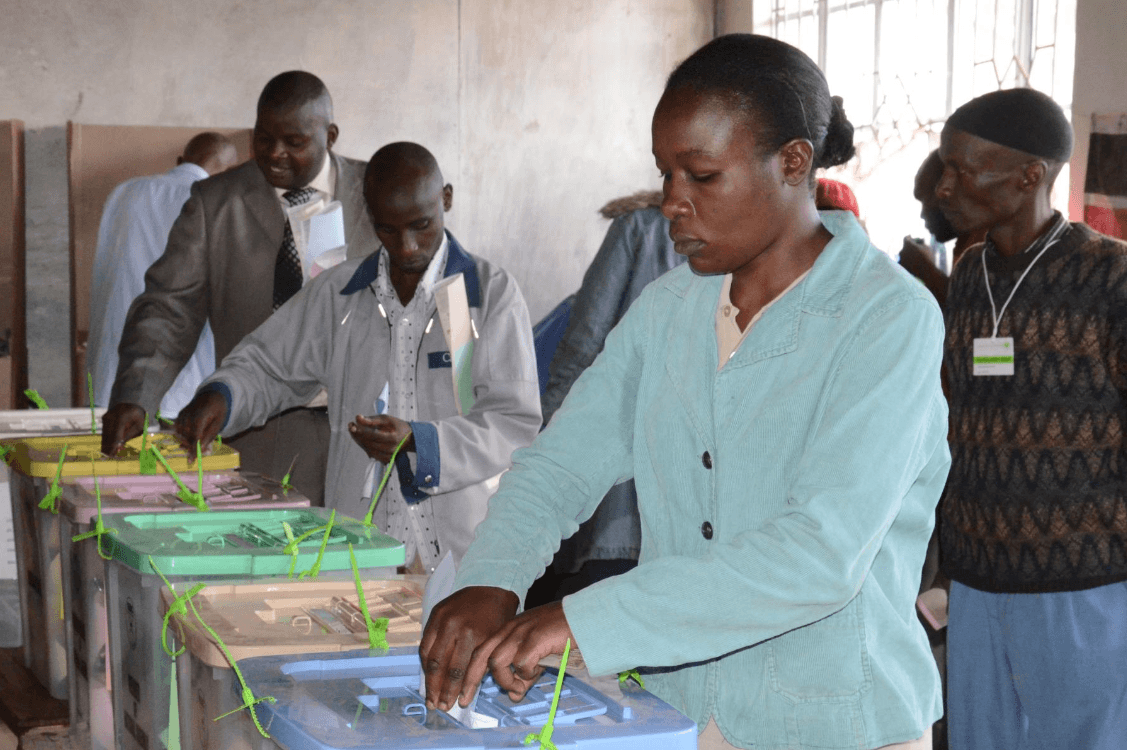
Inadequate intake can lead to malnutrition, micronutrient deficiencies, and an increased risk of NCDs such as cardiovascular diseases, diabetes, and obesity later in life.
The analysis, published in the European Journal of Pediatrics, indicates nearly half (45.5 per cent) of children aged six to 23 months do not consume any fruits or vegetables.
“Insufficient consumption of fruit and vegetables among children hinders growth and intellectual development throughout a person’s lifetime,” the authors said.
The study is titled "Zero vegetable or fruit consumption and its associated factors among children aged 6 to 23 months in Kenya: a multilevel analysis of a large population-based survey."
The authors analysed datasets from the 2022 KDHS. The data sets show a weighted sample of 2,965 children aged between six to 23 months living with their mother, was included in the study.
The analysis indicates an
even higher percentage (55.82 per cent) for children who did not consume vitamin A-rich fruits
and vegetables, such as leafy
vegetables, carrots, mango, tomato, and pumpkins among others.
Children of mothers with secondary or higher education were 41 per cent less likely to have zero vegetable or fruit consumption than those whose mothers had no formal education. Similarly, children whose mothers had non-agricultural jobs were 40 per cent less likely to experience zero vegetable or fruit consumption than those whose mothers were unemployed.
Exposure to media also played a significant role. Children of mothers who had access to radio, television, or newspapers were 41 per cent less likely to have ZVF consumption. This suggests that awareness campaigns through media could be an effective strategy to improve dietary habits.
Economic factors also contributed significantly to dietary patterns. Children from households with a poor wealth index were 52 per cent more likely to have ZVF consumption compared to those from wealthier backgrounds.
“Mothers of children in high-income households have better access to vegetables and fruits than those in middle- and low-income households,” the study noted.
The study’s findings align with global trends. The worldwide prevalence of zero
vegetable or fruit consumption among young children stands at 45.7 per cent, with the highest
rates in West and Central Africa (56.1 per cent) and the lowest in Latin America and the Caribbean
(34.5 per cent).
The study suggests that increasing educational programmes for mothers, improving economic support for food accessibility, and leveraging media for awareness campaigns could improve fruit and vegetable consumption among young children.
Expanding healthcare interventions, such as encouraging hospital deliveries and increasing ANC visits, may also provide opportunities for nutritional counseling, the authors noted. They said community engagement through literacy programs and local health initiatives could help address misconceptions surrounding childhood nutrition.

















